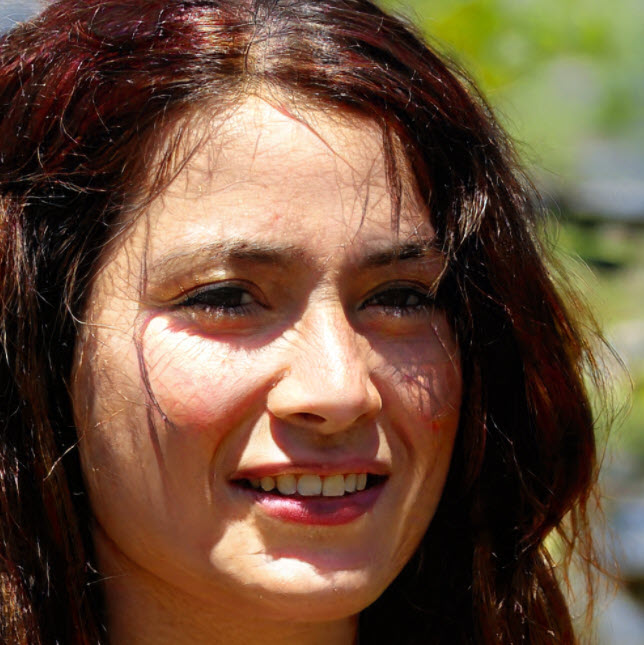Easily Adjust ISO Settings on Your Canon PowerShot ELPH 180
The Canon PowerShot ELPH 180 is a great entry-level digital camera, offering both convenience and quality features. One of its key features is the ability to change the ISO setting, which allows you to adjust how sensitive your camera's sensor is to light. With this feature, it's possible to capture images in many different lighting situations with varying degrees of detail and clarity. In this blog post we'll cover the basics of changing ISO on your Canon PowerShot ELPH 180 so that you can take full advantage of all its capabilities!
Overview of Canon PowerShot ELPH 180
The Canon PowerShot ELPH 180 is an ideal camera for amateur photographers, featuring a 20.0 megapixel sensor and 8x optical zoom lens. It also offers great image quality in both stills shooting and full HD video recording capabilities. One of the main features on this camera is its ability to change ISO sensitivity settings manually, allowing users to take advantage of the improved picture quality when shooting in low-light conditions or fast moving images using higher shutter speeds atISO levels up to 1600. To adjust your ISO on the PowerShot ELPH 180 simply press “Menu” which gives you access from 200 – 1600 with increments along the way so that you can tailor it perfectly for your situation
How to access the ISO setting
The ISO setting is essential to controlling the exposure of your photos and videos with Canon PowerShot ELPH 180. For those who are unfamiliar, ISO adjusts how sensitive your camera's sensor is towards light. To access the ISO on a Canon PowerShot ELPH 180 you'll need to turn off Auto mode which can be done by pressing the Function button (or "Func.") When in manual or semi-automatic shooting modes, press ‘i’ for Image Settings and scroll down until you get to Sensitivity - this will allow you select either auto or specify an exact figure from 100 all the way up to 6400 depending upon lighting conditions . Be sure not forget that when manually selecting an individual level of sensitivity it must also be matched with other settings such as aperture and shutter speed; otherwise, images may come out too bright or dark.
What is ISO and how it works?
ISO stands for International Organization of Standardization and it is a measure used to determine the sensitivity of your camera's sensor. The system itself allows you to adjust the degree at which light entering your lens affects an image being captured. A low ISO (100) will make use less sensitive while higher options such as 1600 or 3200 can create brighter photos even in very dim lighting conditions. Knowing how to change these settings on cameras like Canon PowerShot ELPH 180, can help photographers get creative with their shooting styles and produce outstanding photography results without worrying about too much noise due to high shutter speed settings or lack of light saturation when using slower speeds.
Step-by-step guide to change ISO on Canon PowerShot ELPH 180
Changing the ISO on your Canon PowerShot ELPH 180 is a quick and easy process. To get started, simply press the “MODE” button located at the top of your camera. This will bring up an options screen with a variety of settings you can customize to fit whatever shooting situation you find yourself in. Once there, scroll down and select “ISO Set” from among those available choices - this will take you to another page where several different levels are offered (from Auto all the way up to 3200). Select whichever one fits best for what it is that you need right now, then click OK or Apply changes if necessary - once done all modifications should be saved automatically! Now just go out and start exploring photography like never before; having control over various features like ISO allows photographers unprecedented freedom when capturing images!
Tips and tricks for getting the best results from your camera
Adjusting the ISO settings on your Canon PowerShot ELPH 180 camera is an incredibly simple and effective way to achieve stunning photos with minimal effort. By tweaking the light sensitivity of your sensor, you can take sharp images even in low-light conditions. However, finding the perfect balance between picture quality and graininess can be tricky at first. Here are a few tips and tricks for getting the best results from your Canon PowerShot ELPH 180 when changing its ISO: First, experiment with different settings until you find what works best for each situation; it may help to use Auto mode if this is new to you or just too confusing! Second, remember that higher ISOs will produce more noise (aka grain) but usually give better clarity – while lower ones tend to look smoother but might not capture enough detail on very dark scenes. Finally keep in mind that manual adjustment allows finer tuning than preset modes so try playing around before settling on any one setting. Follow these steps and you’ll soon start taking fantastic pictures right away!
Conclusion
In conclusion, changing ISO on a Canon PowerShot ELPH 180 can be an intimidating process for those who are unfamiliar with camera settings. However, by following the steps outlined in this blog post and taking advantage of the information provided about what each setting does to your photos, you can easily adjust your ISO as needed. Remember that higher ISOs often result in noisier images, whereas lower ISOs produce cleaner results with less noise. Ultimately it just depends on how much light is available at the time and which kind of effect you would like to accomplish when capturing your shots!
